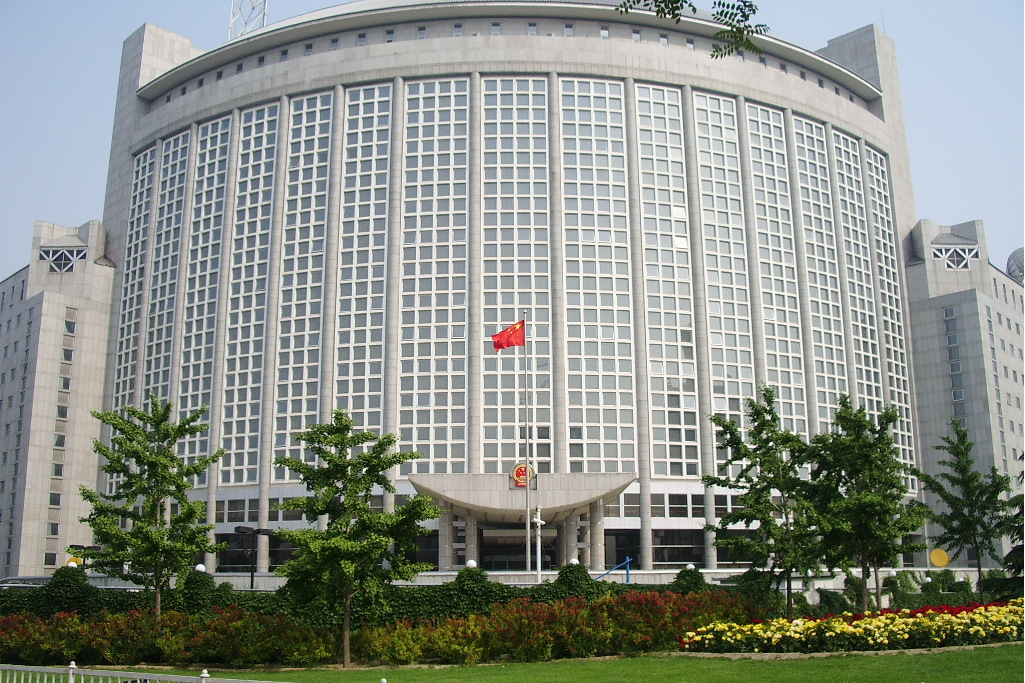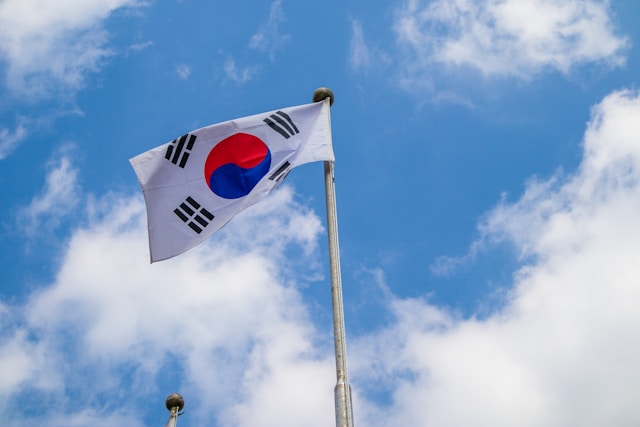
In December 2021, China’s Ministry of Justice (MOJ), the National Development and Reform Commission (NDRC), and the State Administration for Market Regulation (SAMR) jointly issued the “Opinions on Further Regulating Lawyers’ Fees” (hereinafter “the Opinions”, 关于进一步规范律师服务收费的意见).
The Opinions shows its aim to make Chinese lawyers’ fees more reasonable, open and inclusive.
The drafters of the Opinions also expressed their desire to improve the accessibility of legal services through the regulation of lawyers’ fees. In effect, they’re asking the lawyers to lower their fees.
The Opinions focuses on regulating contingent fees, a risk-based pricing model which has been the dominant charging method (apart from a flat-fee basis) of lawyers’ fees in China, rather than an hourly rate basis.
Although it allows lawyers and clients to keep their interests largely aligned, thereby motivating lawyers to better serve their clients, it can also lead to conflicts of interest for lawyers and clients in certain situations.
Specifically, the Opinions stipulates that:
1. The risk-based pricing model is prohibited in the following cases:
Cases involving criminal litigation, administrative litigation, state compensation, group litigation, marriage and inheritance, as well as cases requesting social insurance benefits, minimum living security benefits, filial support, child support, alimony, pensions, relief payments, compensation for work-related injuries and labor compensation.
2. Law firms must not abuse their dominant position when charging contingent fees.
Law firms shall not exclude or restrict the client’s right to appeal, withdraw, mediate, enter into a settlement or other litigation rights in the contingent fee contract or impose any unreasonable conditions such as punitive damages for the client’s exercise of the above rights.
3. The amount of contingent fee is subject to certain limits.
If the law firm and the client agree on the contingent fees, it may charge a fixed amount or a certain percentage of the monetary value of the realized claim or the deducted debt (hereinafter “the amount in controversy”).
In response to charging fees in the form of a percentage of the amount in controversy, the Opinions adopts a progressive approach to cap the percentage, as follows:
a) for the portion below 1 million CNY, the maximum percentage is 18%;
b) for the portion between 1 million and 5 million CNY, the maximum percentage is 15%;
c) for the portion between 5 million and 10 million CNY, the maximum percentage is 12%;
d) for the portion between 10 million and 50 million CNY, the maximum percentage is 9%; and
e) for the portion above 50 million, the maximum percentage is 6%.
The aforementioned limitation is a significant downward adjustment from the maximum percentage of 30% in the “Administrative Measures for Lawyers’ Fee” (律师服务收费管理办法) formulated by the NDRC and the MOJ in 2016. It is believed that the regulatory authorities require lawyers to reduce their fees significantly.
Cover Photo by Sifan Liu on Unsplash
Contributors: CJO Staff Contributors Team









